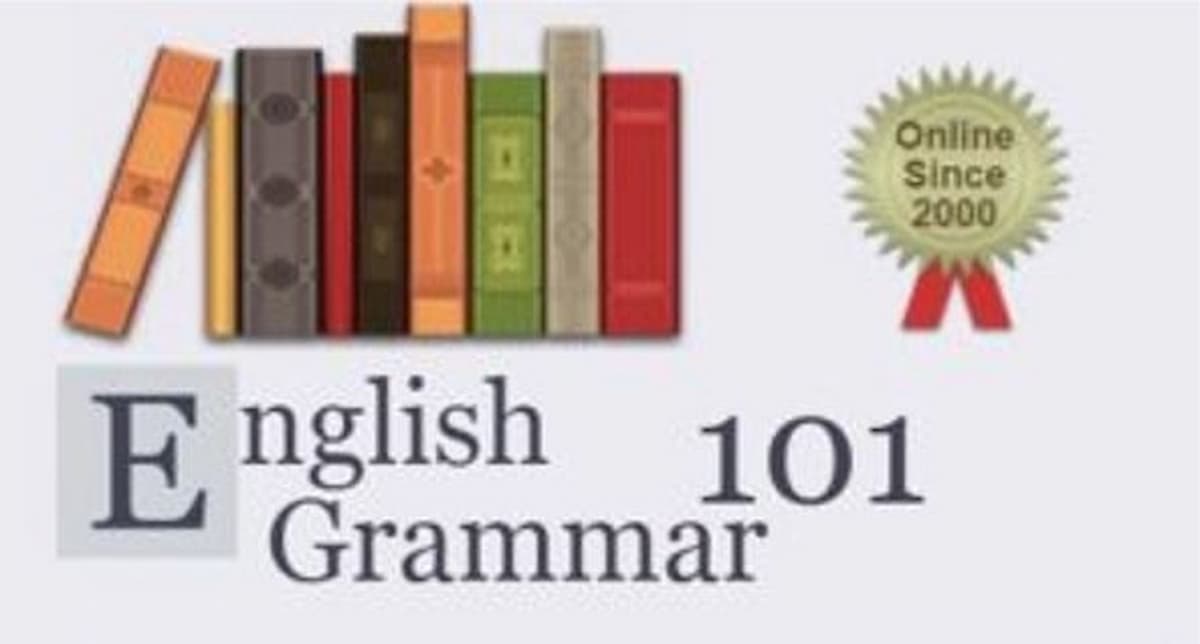
Should I Flip My English/Language Arts Classroom?
We, as English teachers, aren’t much different from Hamlet, you know. We weigh decisions every minute, nay – every second of our day. “Shall I call on Tommy, or should I call on Denise? Pablo hasn’t contributed to the discussion yet; maybe I should call on him.” The sheer number of decisions we make on a daily basis gives one pause.
Now, while the stakes are a bit lower than life or death, they are still pretty important. If you’re reading this article, the question you might be asking yourself is whether or not to try a new way of teaching. Maybe you’ve thought about “flipping” some component of your English Language Arts classroom. Well, let’s first establish an understanding of what flipped teaching and flipped learning is all about.
Understanding Flipped Learning and Flipped Teaching
Edutopia cites the author of the blog Technology with Intention to provide a clear explanation of flipped teaching:
” . . . the focus of flipped teaching is different from other examples in that the technology itself is simply a tool for flexible communication that allows educators to differentiate instruction to meet individual student needs and spend more time in the classroom focused on collaboration and higher-order thinking.”
Let’s think about it – what teacher isn’t interested in differentiating and individualizing instruction, not to mention, using class time more effectively for student collaboration and higher-thinking activities? It makes complete sense.
Some Questions You Should Ask Yourself Before Flipping Your English Classroom
Now, flipping a component of your classroom may not be for everyone. Before flipping a component of your classroom, be sure to consider the following questions:
> – Are your students at an age and developmental level where they can learn to be responsible for their learning outside of the classroom?
> – Are you, the English teacher, willing to cede a bit of responsibility and control to your students?
> – What is the best use of your limited amount of class time?
> – Would shifting a component of your curriculum provide time for more valuable face-to-face activities?
In an English Language Arts classroom, a lot of the skills we teach are centered around communication, be it in writing, speaking, or some kind of non-linguistic expression. Most of these skills can be best taught and learned in the classroom when students have access to you, their teacher, as well as their fellow classmates. So if your students are at a developmental level where they can take on more responsibility for their own learning outside of class and you are looking for a way to include higher-level activities during class, a flipped approach may be what you need.
Flipping the Grammar and Writing Component of Your English Classroom
So in the context of flipping an English classroom, and more specifically grammar and writing, both you and your students can find a multitude of benefits:
> – Free up time in your classroom so as to make wiser and more efficient use of class time.
> – Focus your attention on your students who need it most.
> – Allow your students to learn at their own pace on their own time.
> – Address a wide array of learning modalities in the classroom.
> – Empower your students to become more independent, self-reliant learners.
Five Reasons Why I Flipped my English Language Arts Classroom and Started GrammarFlip (and Why I Think You Should, Too)
Finally, I came to the conclusion that flipping my middle school Language Arts classroom made the most sense to me. Looking back, there seemed to be five primary reasons why I did it.
Reason #1: I Wanted to Use Class Time Wisely.
I wanted to use our classroom time to its fullest extent by scheduling interactive and collaborative activities among students. As you know, your students don’t readily have access to their classmates, so whenever they do, I wanted them discussing, debating, sharing ideas, and learning from one another. Sure, I as their teacher had valuable information to impart, but I felt my time was better spent as their facilitator who guided them along their own path of learning and discovery. (Yeah – I know that sounds a bit lofty and impractical, but don’t worry – they were not left solely to their own devices; rather, they gained so much more when we approached learning from a student-centered perspective rather than a teacher-centered one.)
Reason #2: I Needed to Automate Objective Tasks.
Grammar can be assessed objectively and by a computer, so why did I want to spend my valuable time grading it by hand? So much of our time as English teachers requires us to subjectively evaluate student work. Essays, projects, speeches…the list goes on. Granted, we use rubrics and other measurement tools to guide us, but a lot of our time has to be spent thinking, weighing, and assessing whether or not our students have achieved the intended result, and that process cannot be measured by a computer. Objective content such as grammar can be measured mechanically, so it made sense for me to find a way to automate these tasks.
Reason #3: I Could Level the Playing Field Through Video.
Instructional videos allowed me to level the playing field among all of my students such that no one was left behind or held back from learning. The levels of my students’ understanding of grammar concepts were all across the board. In the same classroom, some students understood misplaced modifiers while others were still struggling to discern between an adjective and an adverb. Some knew how to correct a run-on sentence, while some were still struggling to find the subject in the sentence. Video lessons and practice exercises allowed my students to learn at their own pace. Some could work ahead according to their needs, while others could spend more time on topics until they mastered them.
Reason #4: I Wanted to See Their Writing in Action.
Being able to select the correct answer from a multiple choice or true/false question is one thing, but being able to actually apply the concepts to one’s writing is the ultimate goal of learning grammar. Knowledge of grammar rules and principles is just the stepping stone to the actual application of the concepts in one’s writing. Guided writing application activities allowed me to see my students apply their understanding of the material, and with what would become the writing portals I created in GrammarFlip, I was able to more efficiently assess all of my students’ writing from a single page on my computer screen.
Reason #5: I Aspired to Become a Better Teacher.
Using technology effectively allowed me to become a better teacher. I was able to reach more students in a shorter amount of time. Please don’t misunderstand this – technology for technology’s sake is by no means the solution. That’s not what made me a better teacher. What made me a better teacher was that I could track and manage my students’ progress more efficiently and accurately, and because of this, I could prevent students from falling through the cracks. Not to mention, my digital-generation students were becoming much more engaged.
So, of all the decisions you make in a day, consider adding a blended or flipped classroom to your list, and if I’ve helped to make that decision just a little easier for you, all the better! So whether you decide to flip your classroom or not, suffice it to say, we’ve all got a little bit of Hamlet in us.
Read More

English Grammar 101 Alternatives

When You Ask for Analysis but You Get Summary Instead

Establishing Confident Writers Through Creativity and Self-Expression

Brainstorming Through Writer’s Block

Four Steps to Teaching Your Students Adverbs

How to Fire Your Internal Critic

What Just 10 Minutes of Daily Journaling Can Do for Student Writing



